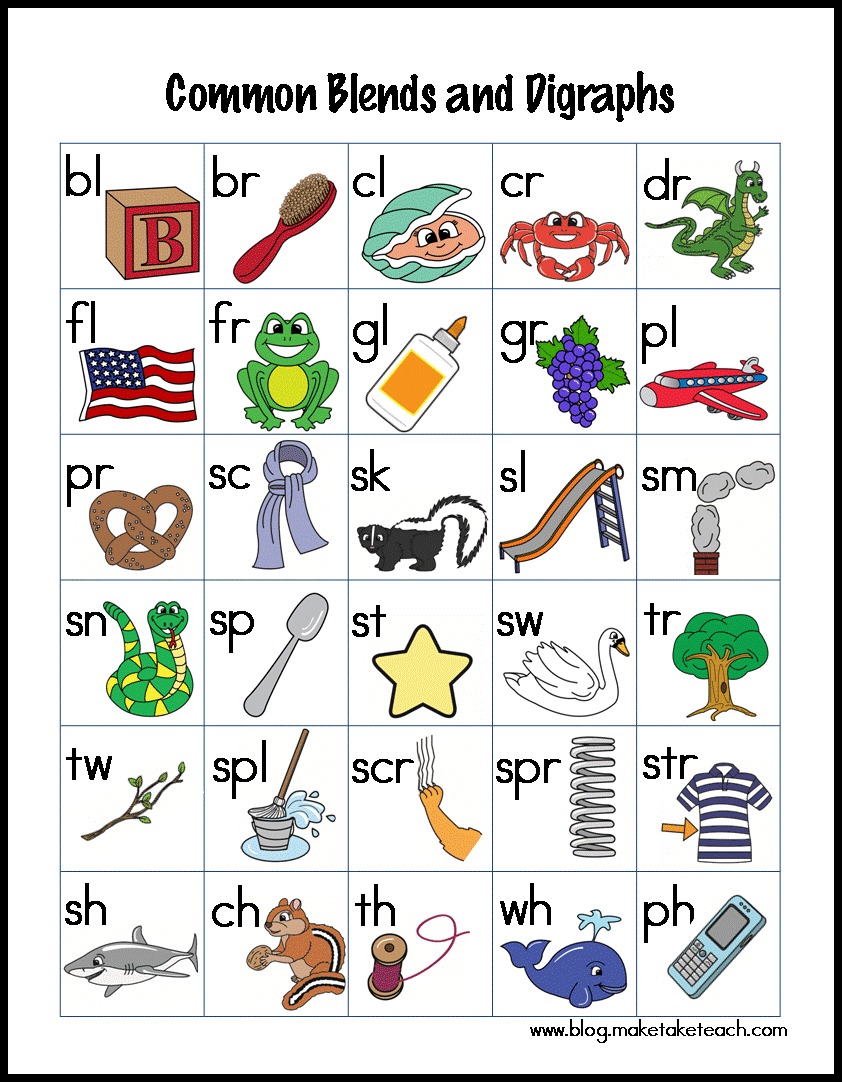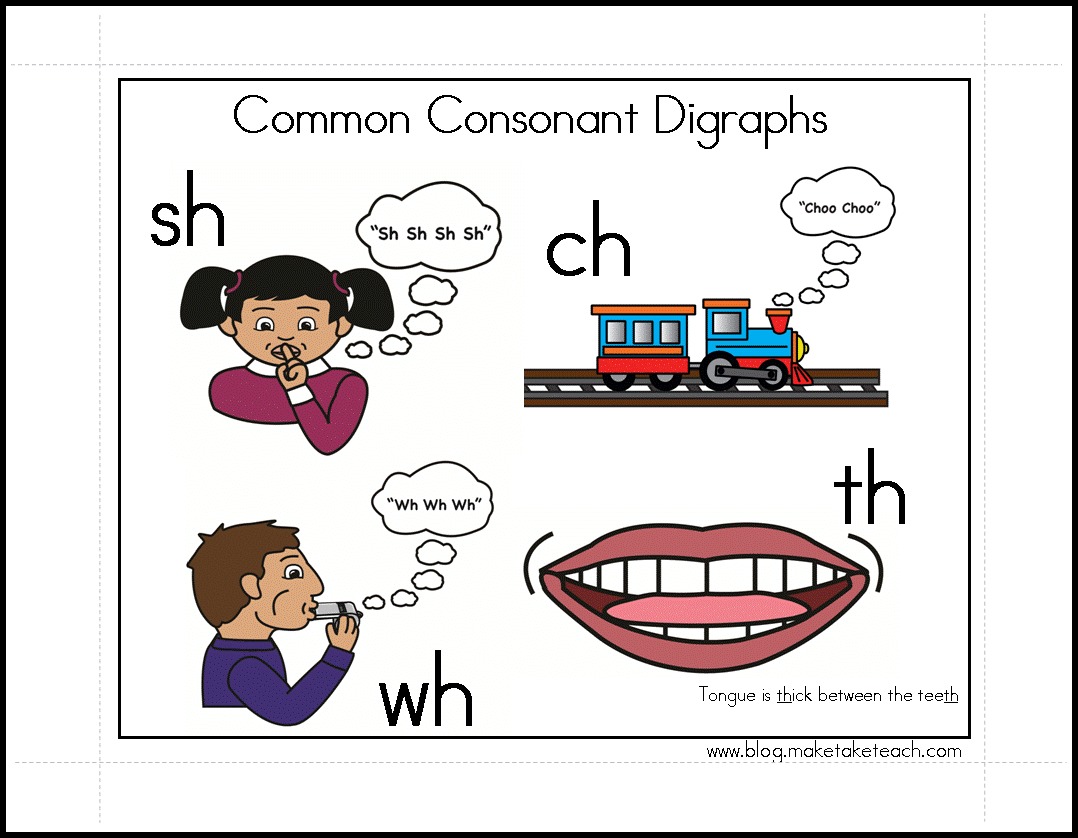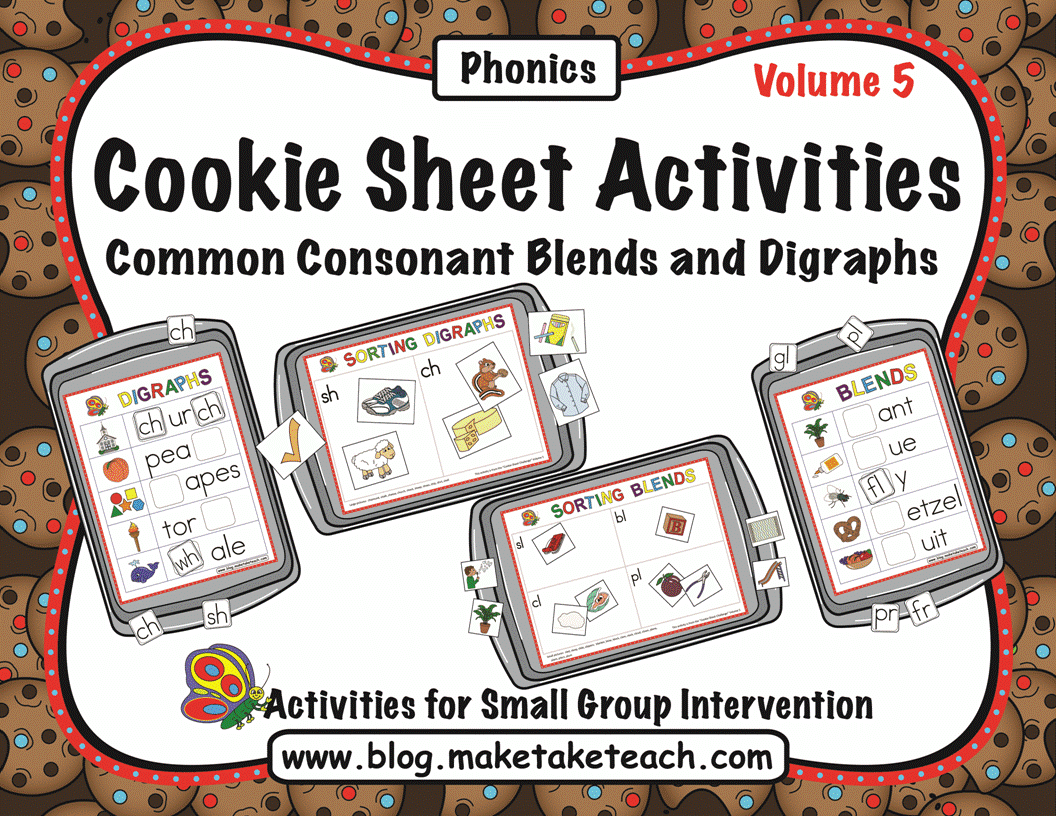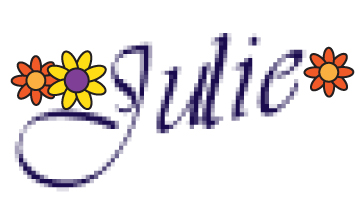Seems like this week there’s been quite a few questions about blends and digraphs. Teachers have been asking and wanting to know what the difference is between a blend and a digraph, which to teach first and the best way to teach these skills. Well, with all these questions, that was motivation enough for me to finish this post that I started literally a year ago. I’m hoping this post can answer some of these burning questions about teaching blends and digraphs.
Question 1: What’s the difference between a blend and a digraph?
Consonant Blends
A consonant blend is when two or more consonants are blended together, but each sound may be heard in the blend. The most common beginning consonant blends include: bl, br, cl, cr, dr, fr, tr, fl, gl, gr, pl, pr, sl, sm, sp and st. Blends can also occur at the end of words as in the word “last”. There are also blends which contain three consonants. Common three consonant blends include: str, spl, and spr. When teaching blends, most teachers introduced them in groups. For example, a teacher may choose to introduce the l-blends first (bl, cl, fl, gl, pl and sl) followed by the r-blends. When introducing the concept of blends and digraphs, cue cards often help. Here’s one I made with many of the consonant blends. You can download this for free.
Click HERE to download this freebie from my TpT store
Consonant Digraphs
In a consonant digraph, two consonants stand together to represent a single sound. the most common consonant digraphs are: sh, ch, th, and wh. There are other consonant digraphs (ph); however, most teachers typically introduce these 4 digraphs first as they are the most common. They are often referred to as the “h brothers”. Teaching digraphs can be lots of fun. However you choose to introduce this concept, be sure to add visuals as they are so helpful especially for our struggling readers. Here’s the cue card specifically for digraphs that I made to introduce the concept. Specific instructions for introducing digraphs during instruction can be found in the Consonant Blends and Digraphs Activity Pack.
Click HERE to download this cue card for free from my TpT store
Question 2: Which should be taught first?
This is a little tricky. Some reading programs do not even teach blends as they are really two separate sounds. Personally, I believe teaching blends is a good idea as they are letters that frequently occur together so students are learning to recognize patterns in words. Many reading programs introduce blends before the digraphs. I would suggest following the sequence presented in your reading series.
Question 3: How do we teach blends and digraphs?
For all learners, but especially for struggling readers, systematic and explicit phonics instruction is critical. “Systematic phonics instruction” refers to the sequence of phonics skills introduced. In a phonics program, there must be a logical order of introduction of skills. “Explicit phonics instruction” refers to how the skills are taught. Students need instruction where the teacher is providing precise directions for teaching the skills. Struggling readers require additional guided practice in small groups and instruction must be differentiated to meet individual needs.
My girlfriend, Jen, made this video in the summer using the teaching cards in the activity pack for me. Jen is now a middle school principal (go figure), but prior to accepting the principalship, she was a Reading Specialists in one of our local schools. There are many ways to introduce the concepts of digraphs. This is just one way and I hope it helps my teacher friends who need ideas for introducing this skill.
Make, Take & Teach Resources for Teaching Blends and Digraphs
Call me crazy, but love digraphs almost as much as I love short vowel sounds. It’s so rewarding to see our young readers begin to move beyond just single letters and sounds and move towards more advanced phonics skills. The Consonant Blends and Digraphs Activity Pack contains 10 hands-on activities that you can use to both teach and practice blends and digraphs. The activities are designed specifically for small group instruction and contains a 13 page teaching manual with step-by-step instructions for each activity.
Click HERE to download the Consonant Blends and Digraphs Activity Pack from my TpT store
Volume 5 of the Cookie Sheet Challenge was designed specifically for practicing blends and digraphs. The cookie sheet activities are great for use within literacy centers and contain activities which can be differentiated. Students and teachers just love the colorful graphics.
Click HERE to download the cookie sheet activities for blends and digraphs from my TpT store.
Because I love those blends and digraphs, I have quite a few activities within my TpT store. Click HERE and you’ll be taken to the Blends and Digraphs category.
The Make, Take & Teach intervention kit contains 15 activities for teaching and practicing blends and digraphs. You’ll receive all the materials (Play-Doh, dry erase boards, etc) and printed materials (color copies on 90lb cardstock) all contained in a sturdy Sterilite container delivered to your front door. Assembly is required.
The Consonant Blends and Digraphs Intervention Kit can be purchased from the Make, Take and Teach website.
If you have any fun ideas for teaching blends and digraphs, please let us know by leaving a comment. To leave a comment on this blog post, just click the title.








Leave a Reply